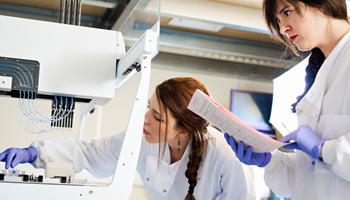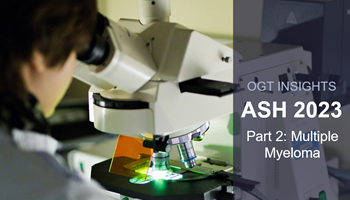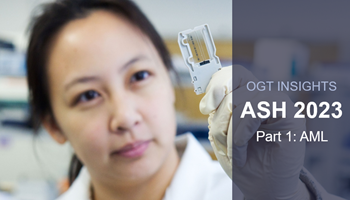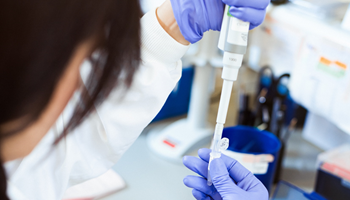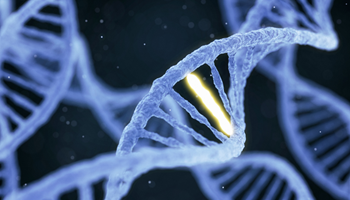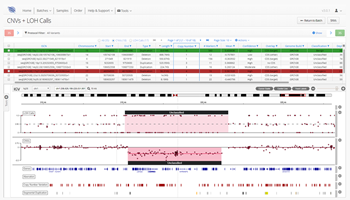
At OGT we are proud of the collaborations we have with labs all over the world. In this blog discover how Norah O. Akinola, Professor of Haematology at the Obafemi Awolowo University in Nigeria, worked with OGT experts to establish a FISH laboratory by upgrading their existing cytogenetics facility.
Read articleAt OGT we are proud of the collaborations we have with labs all over the world. In this blog discover how Norah O. Akinola, Professor of Haematology at the Obafemi Awolowo University in Nigeria, worked with OGT experts to establish a FISH laboratory by upgrading their existing cytogenetics facility.
ReadWe explore the guidelines and the different methods for fusion event detection, including the potential of RNA-based NGS to help pave the way for personalized therapies and improved patient outcomes.
ReadToday we celebrate International Day of Women and Girls in Science. Our OGT family includes many women having successful STEM careers. Take a look at some of their stories across various roles in the OGT organization...
ReadIn the second part of our latest blog series - “Old biomarkers, new tricks" - we highlight the ongoing efforts to bring BCL-2 inhibitors to the forefront in t(11:14) translocation cases of multiple myeloma, and how FISH probes can support clinical investigations.
ReadDidn’t get a chance to talk to us at ASH 2023? Read the first part of our latest blog series, which describes the potential of menin inhibitors for acute leukemia, including the use of IVDR approved FISH probes in clinical trials.
ReadIn March 2023, we became the very first manufacturer of FISH probes to be granted IVDR certification. In our latest blog we speak with Steve Chatters, Executive Vice President of Regulatory, Medical and Quality Affairs, about OGT's long-standing expertise in healthcare regulation, and the journey towards IVDR certification.
ReadWe sit down with two of our Field Application Scientists, Ashley Hart and Jenny Morse, to discuss the technical expertise they offer to OGT customers all over North America. And we chat with one of our customers, Kathleen Kretkowski, about a real-life example of OGT support in action.
ReadMyeloid malignancies are a group of diseases with wide heterogeneity. In this blog, we will explore the KMT2A gene, previously known as the MLL gene, and its influence upon myeloid malignancies.
ReadDesigning in situ probes for hybridization assays can be a tricky, time-consuming task. Read our blog to discover five tips for effective probe design!
ReadTina Stafki talks about how she got hooked on FISH early on in her career, how she uses FISH in the CellNetix pathology lab to help patients and clinicians across the Pacific Northwest, and why CytoCell® FISH probes from OGT are her first choice when it comes to FISH probes.
ReadIs NGS set to become the new gold standard in constitutional genetics? Discover how NGS offers greater insight into indels, CNVs, LOH, mosaicism and more.
ReadAs one of the first steps in many NGS data analysis pipelines, accurate variant calling is often critical to downstream analysis and interpretation. Here, we take a look at variant calling best practice through a modern lens.
Read


